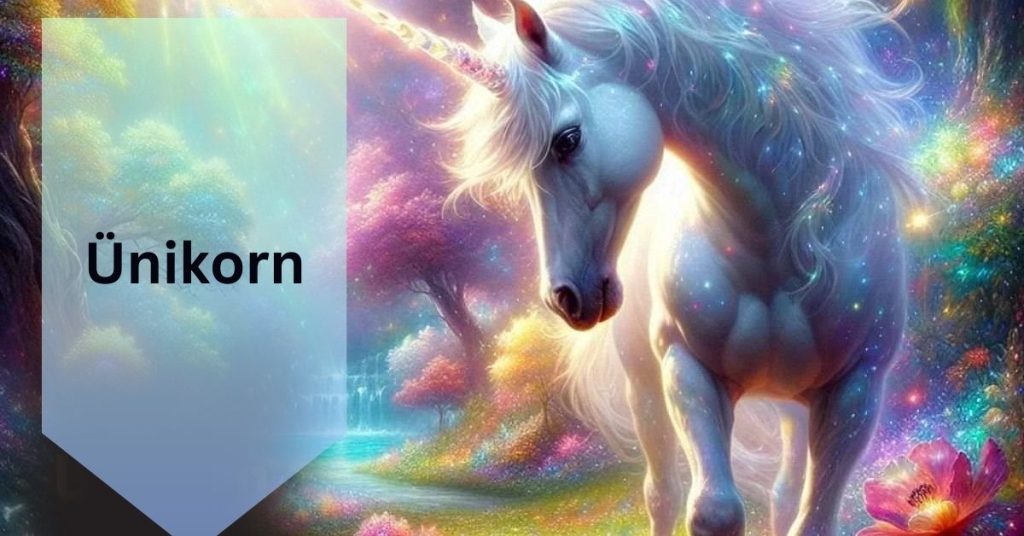Unic-orns have long captivated the human imagination, depicted as magical creatures with a single horn projecting from their forehead. Often associated with purity, grace, and mystical powers, unico-rns feature prominently in folklore, literature, and art across cultures.
Relevance and Importance Unicorns
Understanding unic-orns offers insight into human creativity and the ways myths influence culture and society. These legendary beings symbolize everything from innocence to untamed nature, making them a rich subject for exploration.
Mythical Origins
Early Depictions
Unicorn myths date back to ancient civilizations, including Mesopotamia, India, and China. Early descriptions varied, but they often featured a horse-like creature with a single horn.
Medieval Interpretations
In medieval Europe, unicorns became symbols of chastity and grace, often depicted in tapestries and religious art. They were believed to possess magical healing properties, with their horns capable of neutralizing poisons.
Symbolism and Cultural Significance
Purity and Innocence
Unicorns are often linked to purity, as only a virgin could capture one, according to legend. This association made them powerful symbols in Christian iconography.
Power and Wildness
Conversely, unicorns also represent untamed nature and raw power. Their elusive nature made them symbols of freedom and independence.
Types and Variations
European Unicorn
Typically depicted as a white horse with a long, spiraled horn, the European unicorn is the most familiar image in Western culture.
Asian Unicorn
Known as the Qilin in Chinese mythology, this version combines features of various animals, including deer, oxen, and fish, symbolizing good fortune and prosperity.
Other Variations
Unicorn-like creatures appear in numerous cultures, each with unique attributes and meanings. For example, the Indrik in Russian folklore and the Shadhavar in Arabian tales.
Artistic Representations
Literature
Unicorns appear in classic literature from ancient texts to modern fantasy novels. Notable examples include the works of C.S. Lewis and J.K. Rowling.
Visual Art
Unicorns have been depicted in countless artworks, from medieval tapestries like “The Hunt of the Unicorn” to contemporary digital art.
Film and Media
Unicorns feature prominently in films, TV shows, and video games, often as symbols of magic and wonder. Examples include “The Last Unicorn” and “My Little Pony.”
Scientific Perspectives
Real Animals as Unicorns
Some believe unicorn myths may have been inspired by real animals, such as the Indian rhinoceros or the oryx antelope, which have single horns.
Cryptozoology
The study of mythical creatures, known as cryptozoology, explores the possibility of unicorns and other legendary beings existing in unexplored regions.
Unicorns in Modern Culture
Popularity in Fashion
Unicorn motifs are popular in fashion, from clothing and accessories to home decor. They symbolize whimsy and fantasy, appealing to both children and adults.
Unicorn-Themed Products
The market for unicorn-themed products has exploded, with items ranging from toys and stationery to food and beverages, reflecting their enduring appeal.
Conclusion
Summary of Key Points
Unicorns, with their rich mythological background and cultural significance, continue to enchant and inspire. They represent a blend of purity, power, and magic that resonates across generations.
Call to Action
Delve deeper into the world of unicorns by exploring their depictions in literature, art, and media. Embrace the magic they bring to our lives and let your imagination soar.

